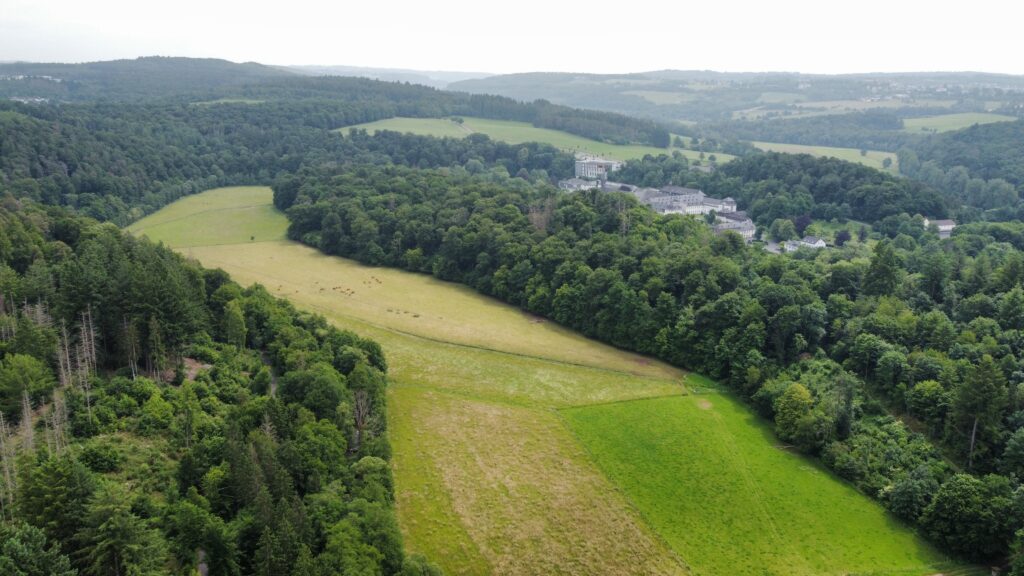
Restoring the Nister River floodplain in Germany
-
Rivers and Lakes
Wetlands International Europe and Stiftung Natur und Umwelt Rheinland-Pfalz (SNU) signed a cooperation agreement to collaborate on the restoration of the Nister River in Germany with its floodplain. The restoration measures will create multiple benefits for nature and water resilience, while providing opportunities for public visitation and environmental education.

SNU is developing a project to improve the connection of the Große Nister, a tributary of the Rhine, with its floodplain, nearby the historic Marienstatt Abbey in the Nister valley of Rhineland-Palatinate. Provided that funding can be secured, measures will be taken to reconnect the river to its floodplain in a 21 hectare area to achieve the objectives of the Natura 2000 site. That includes converting the floodplain from agricultural land use to a site that will be allowed to rewild to improve habitat for fish including Atlantic salmon and rare and endangered species of river mussels. The project is expected to be part of Germany’s contribution to the EU Nature Restoration Regulation.
The project will provide the public with an up close view to learn about river restoration thanks to the scenic hiking and biking trails around the site, including the WesterwaldSteig, one of Germany’s top long distance trails. The restoration will also offer opportunities for environmental education at the Abbey’s secondary school and others in the region.

The Abbey was founded in 1222, and the river’s course was straightened and altered several times in the past 200 years, with the adjacent valley floor floodplain drained for agricultural use and disconnected from the river by rock embankments. The restoration measures will restore the connectivity with the flood-prone areas. Consequently, the meadow close to the Nister will inundate more frequently and transition to more natural vegetation. This will result in a water retention area which increases the water holding capacity as it functions as a natural sponge. Secondly, the transition to more natural and rougher vegetation will reduce the flow velocity downstream and retain the water for a longer period, which has the potential to help create fish habitat and reduce flood peaks in high precipitation events and increase base flow during times of lower flows.

Wetlands International Europe and partner Bureau Stroming will study and advise on the water retention impact of the project, including monitoring the water retention before and after implementation. We will also create educational materials such as an information board illustrating the benefits of the restoration for water resilience and adaptation to climate change, while promoting the project as a best case example at European level in implementing EU policies.
